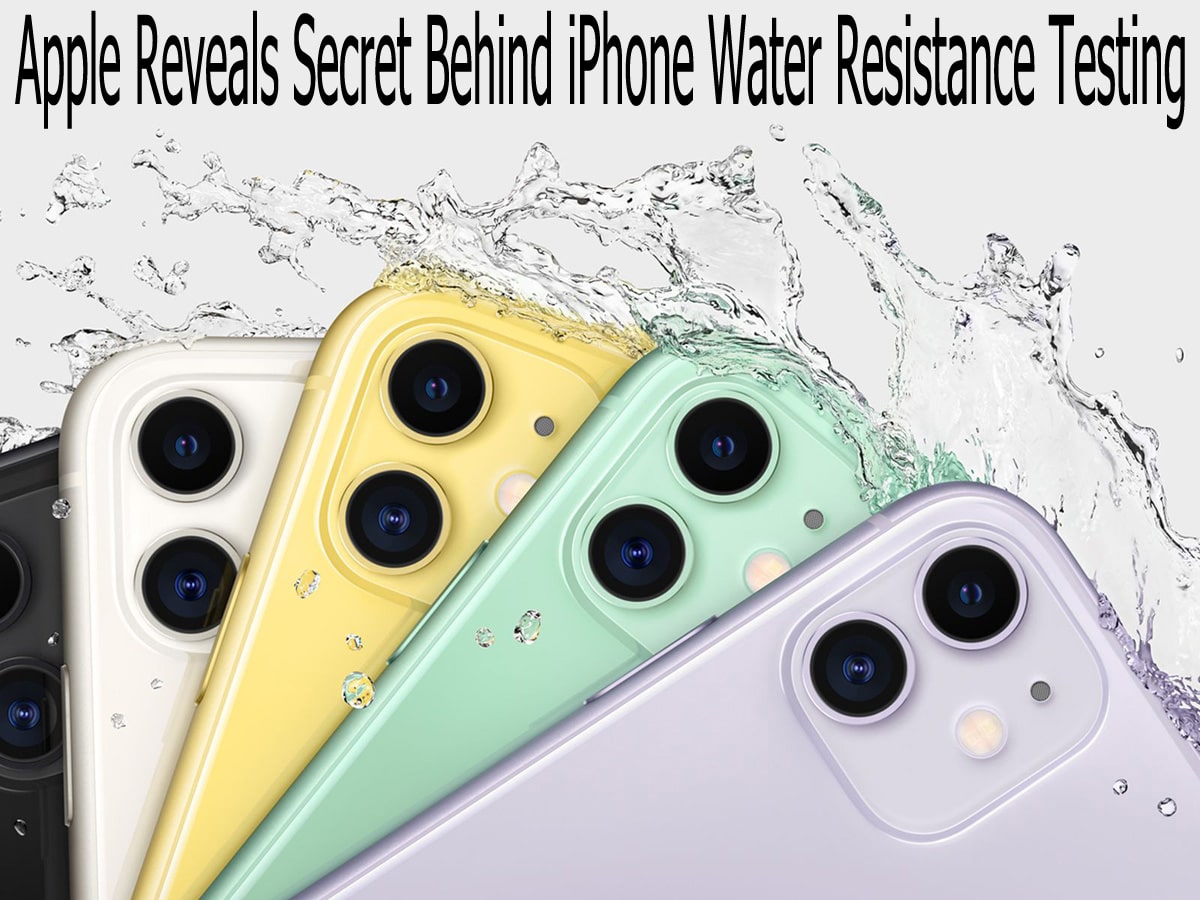
Apple Reveals Secret Behind iPhone Water Resistance Testing
Apple has finally revealed the extreme process behind testing the water resistance of iPhones. It’s not just about splashes—these devices undergo much harsher conditions than you might imagine.
What Is an IP Rating? Here’s the Explanation
Before diving into the testing process, it’s important to understand what IP (Ingress Protection) Rating means. The IP rating consists of two digits:
- Protection from solid particles, such as dust, is indicated by the first digit.
- Protection against liquids, particularly water, is indicated by the second digit.
For example:
- For 30 minutes up to a meter, an IP67 rating means that the device is totally immune to water and dust.
- IP68 means the device is dust-tight and water-resistant up to 6 meters for 30 minutes (depending on the model and manufacturer standards).
Recent iPhone models like the iPhone 13, 14, and 15 are certified IP68, making them among the most water-resistant smartphones available today.
Apple Doesn’t Play Around: Inside iPhone’s Water Resistance Tests
In an exclusive interview and lab tour, Apple revealed its rigorous testing methods. These are conducted in dedicated labs equipped with advanced technology to simulate extreme conditions.
1. Water Spray Test (Rain Simulation)
iPhones are sprayed with water at high pressure from various angles to ensure no water can enter essential components.
2. Immersion Test
iPhones are submerged in fresh water at various depths—from 1 to 6 meters—for 30 minutes to simulate real-world accidents.
3. Salt Mist Test
Apple simulates coastal environments using salty water vapor to ensure components do not corrode over time.
4. Dust and Sand Test
Devices are placed in chambers filled with fine dust and sand, mimicking desert conditions to test seal integrity.
5. UV Exposure Test
The phones are exposed to high-intensity UV light to simulate harsh sunlight, monitoring potential discoloration and material degradation.
6. Drop and Vibration Tests
Before launch, iPhones are dropped from multiple angles and exposed to strong vibrations to ensure the chassis and seals stay intact.
Interestingly, Apple reveals that it tests around 10,000 units per iPhone model under these extreme scenarios before going to market.
Water Resistance: There Are Limits!
Even with an IP rating, Apple clearly states that water resistance is not permanent. Over time, seals may wear out. Apple explicitly warns:
“Liquid damage is not covered under Apple’s warranty.”
So while your iPhone can survive spills and brief submersion, it’s not designed for regular swimming or underwater photography.
iPhone Water Resistance by Model
| iPhone Model | IP Rating | Max Water Resistance |
| iPhone 7 – 8 | IP67 | 1 meter (30 minutes) |
| iPhone X – 11 Pro | IP68 | 2 meters (30 minutes) |
| iPhone 12 – 15 | IP68 | 6 meters (30 minutes) |
Source: Apple Support
Tips to Maintain Water Resistance Over Time
To keep your iPhone water-resistant for as long as possible:
- Never charge your iPhone while it’s wet.
- Avoid using it in pools, oceans, or saunas.
- Keep it away from soaps, detergents, perfumes, and high-pressure water.
- Always dry it with a soft, clean cloth after contact with liquids.
Conclusion: Apple’s Innovation Is No Gimmick
Apple’s disclosure about its rigorous testing processes shows just how serious the company is about quality and durability. No wonder iPhones are trusted as premium, durable smartphones—and yes, water-resistant too.
But remember: water-resistant doesn’t mean waterproof forever. Smart care and use remain the key to keeping your iPhone in top shape.



